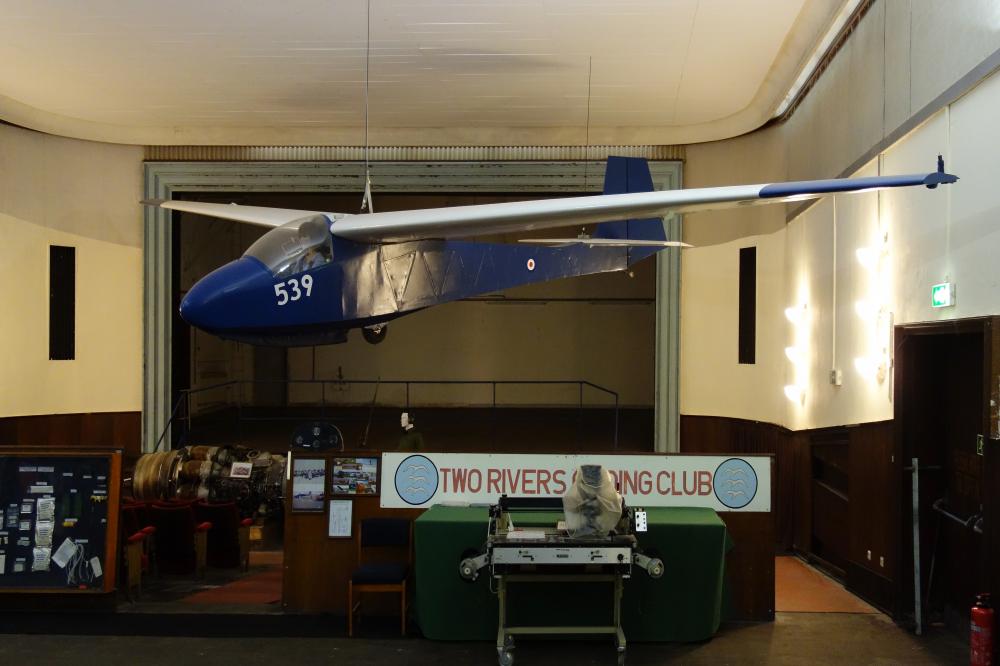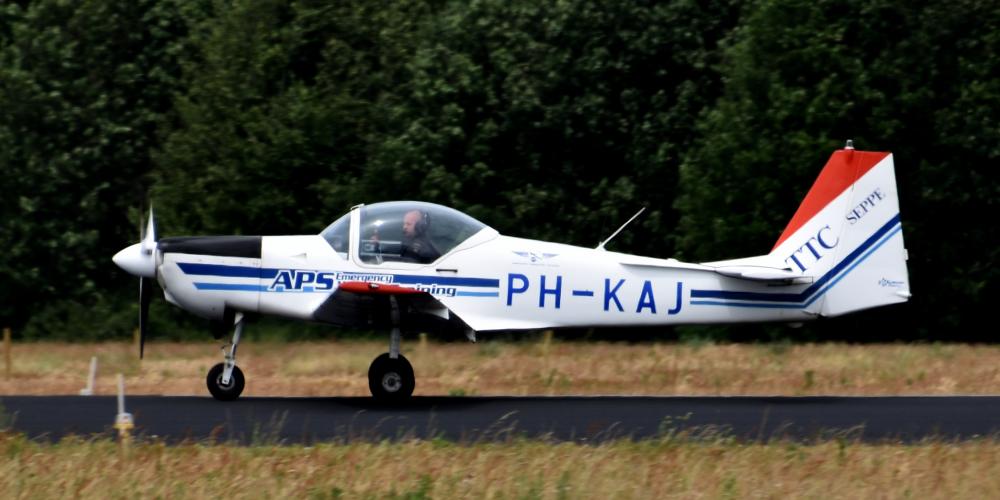SlingsbyDuring the war Slingsby built parts for other company's aircraft as well as their own military glider, the Slingsby Hengist, though the latter did not see action. Towards the end of the war and afterwards the company produced large numbers of training gliders. After the war Slingsby continued to make increasingly refined gliders for civilian use in clubs and competitions and began to move toward glass reinforced plastic and metal construction methods. But the company, trading as Slingsby Aircraft Ltd since 1967, went into liquidation in July 1969 following a disastrous fire in the previous November. After this Slingsby became part of the Vickers Group in November 1969, initially as Vickers-Slingsby Sailplanes Ltd, then reverting to the old name of Slingsby Sailplanes Ltd. Original design declined, though they built versions of other aircraft, both powered and unpowered. Slingsby’s last glider, which was also their last original design, ceased production in 1982, by which time high performance sailplane design had moved away from the UK. During the upheavals in the British aerospace and marine sector the company became Slingsby Engineering, part of the public/private holding company British Underwater Engineering (UBE). In July 1982 Slingsby Aviation was set up by, and as part, of Slingsby Engineering. Slingsby Aviation passed from UBE to ML holdings in 1993, then to Cobham plc in December 1995. On 10 August 2006 the name of the company was changed to Slingsby Advanced Composites. Since then the company was owned by three individuals and was no longer a part of Cobham plc. On 8 January 2010 the UK company Marshall Aerospace bought Slingsby Advanced Composites Ltd which currently trades as Marshall Slingsby Advanced Composites. The company now designs and manufactures composite structures, ranging from large marine structures, such as submarine rudders, to lightweight helmets for helmet mounted display systems, mainly for the aerospace and defence industries. From the early 1930s to around 1970 the company built over 50% of all British club gliders and had success at national and international level competitions.
Type 45 SwallowThe Slingsby Type 45 Swallow was designed as a club sailplane of reasonable performance and price. One of the most successful of Slingsby's gliders in sales terms, over 100 had been built when production was ended by a 1968 factory fire. 
Slingsby Type 45 Swallow, registration RAFGGA 539, built ????, serial number 1494
|
